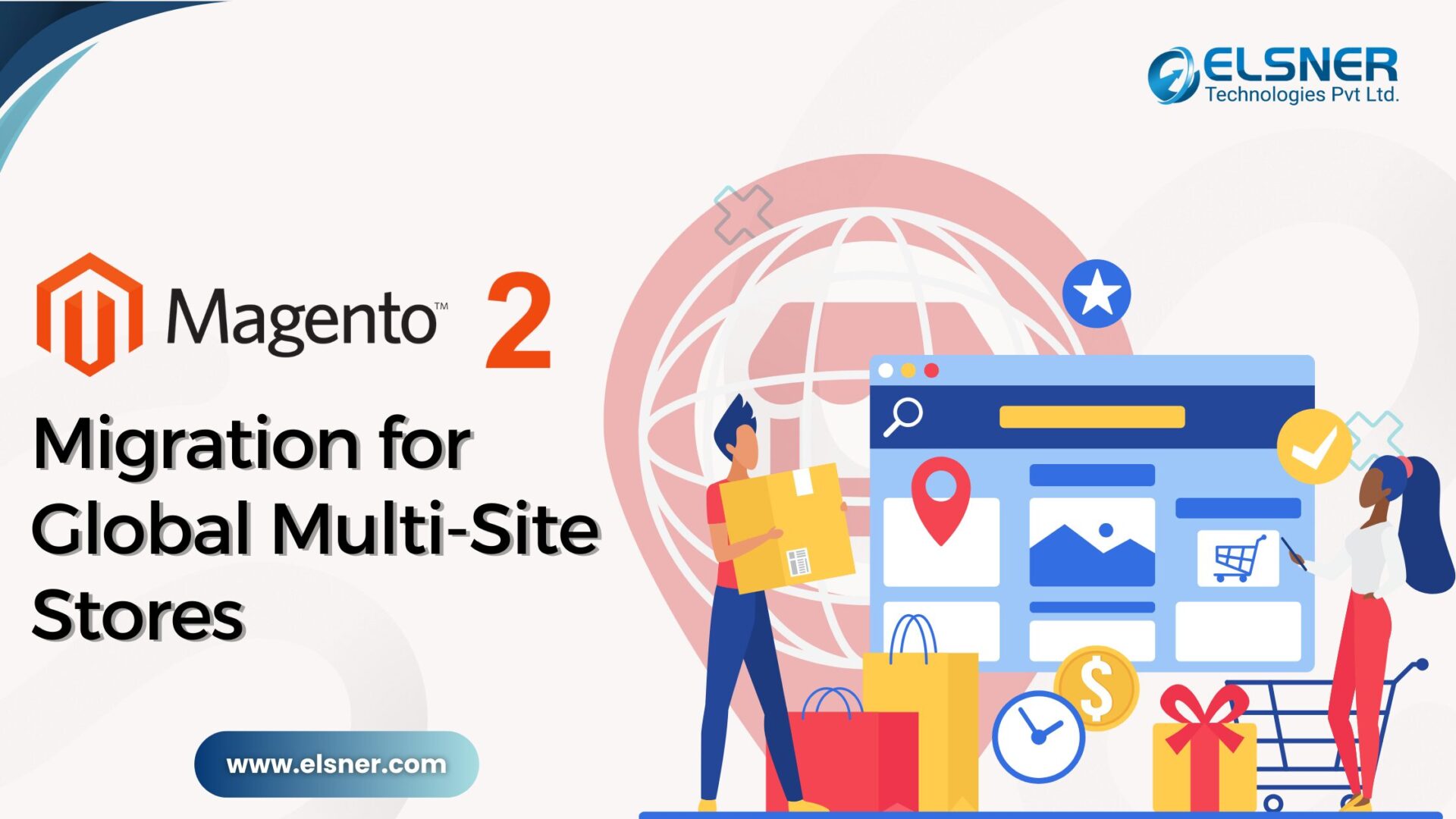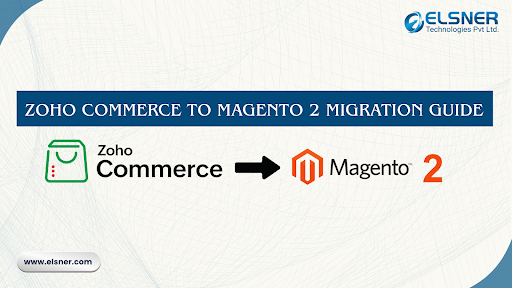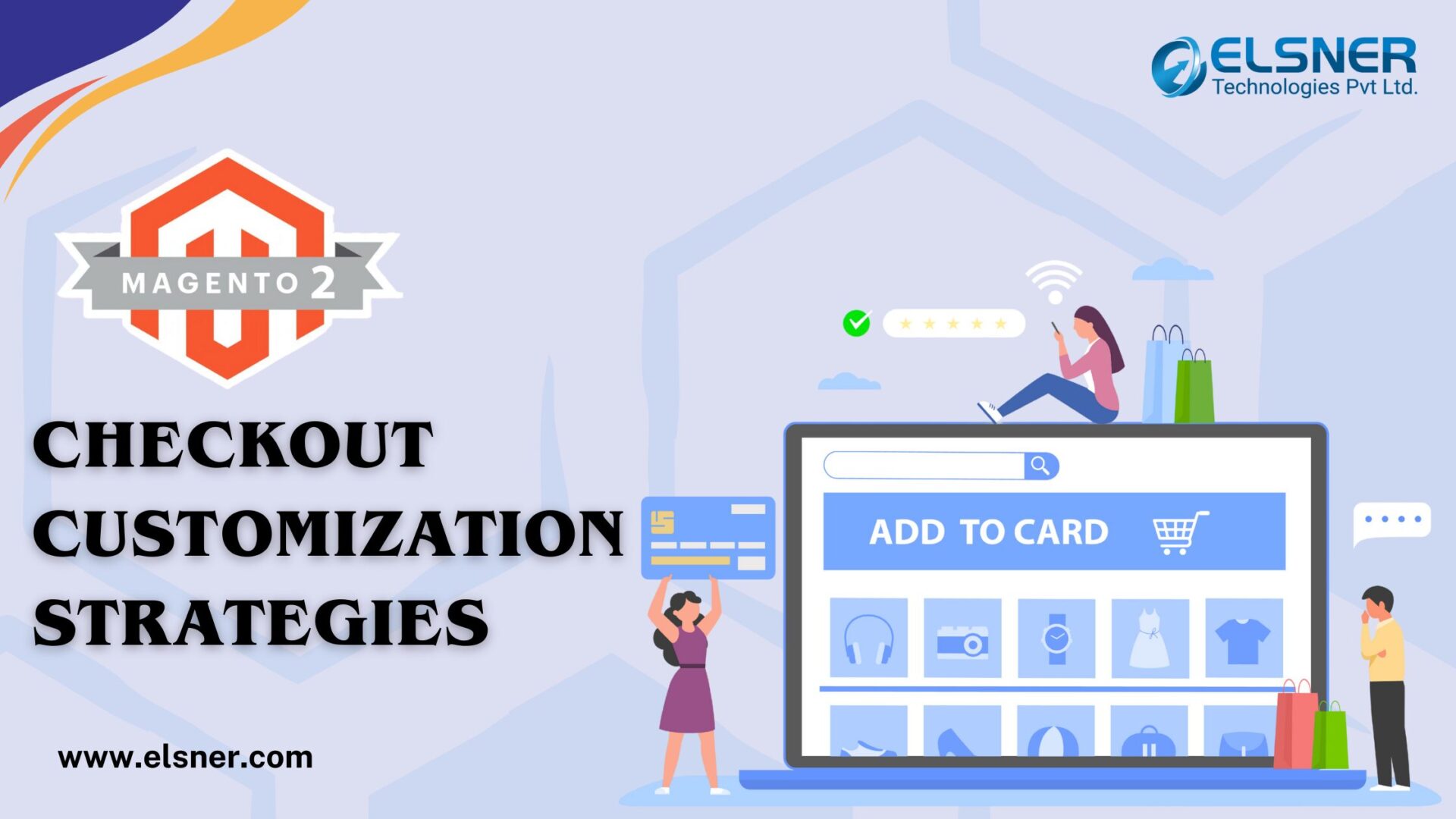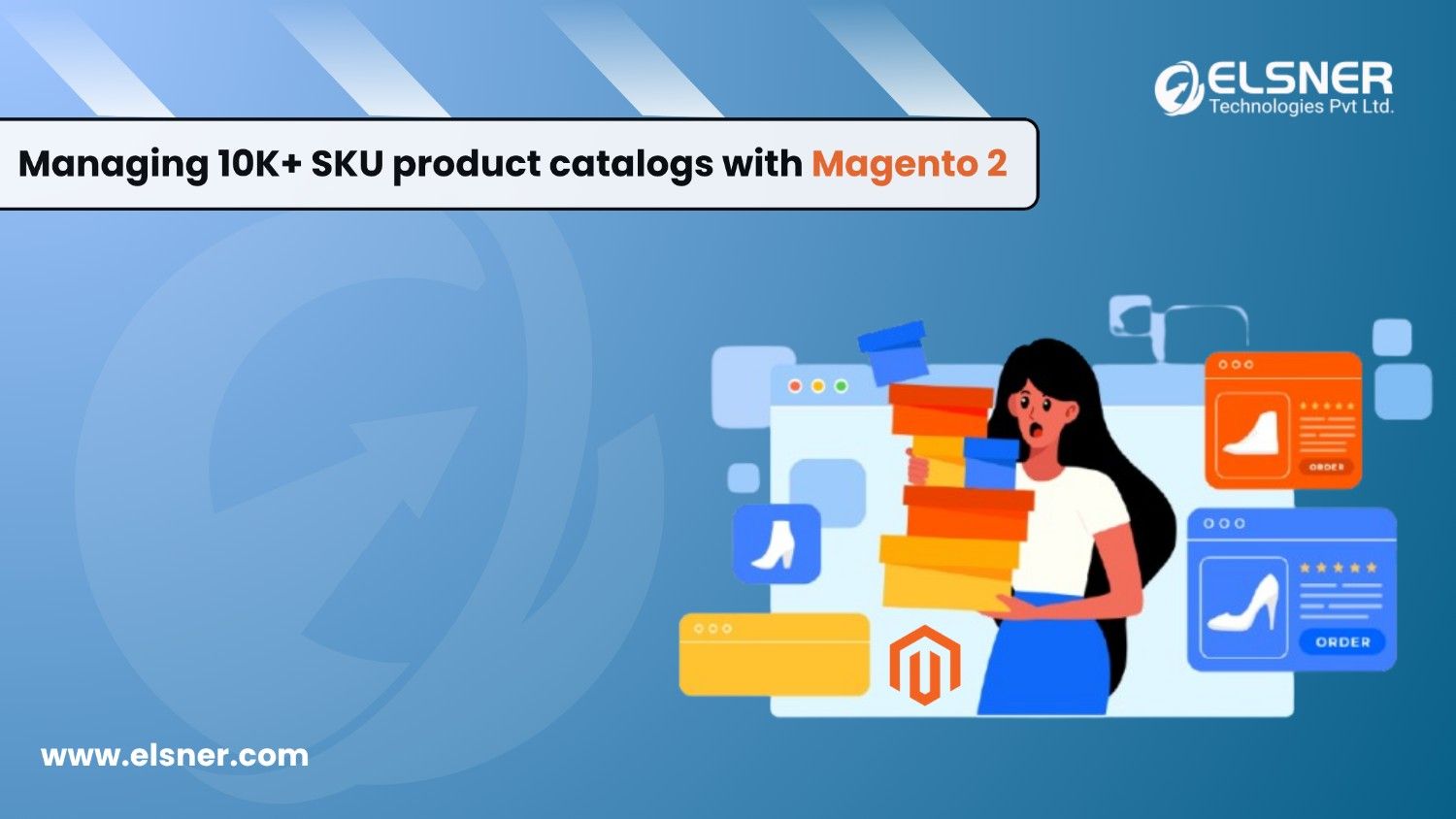- Why Do Multi-Site Retailers Need Magento 1 to Magento 2 Migration?
- Save Time with Unified Management
- Better Product and Customer Control
- Boost Performance and SEO
- Cut Operating Costs
- Planning Your Migration Project With The Help of a Magento 2 Development Company
- Check Current Store Status
- Organize Customer and Product Data
- Handle Regional Requirements
- Review Extensions and Custom Code
- Step-by-Step Magento 1 to Magento 2 Migration Process
- Create Backups and Staging
- Map Your Data Correctly
- Configure Regional Settings
- Set Up Themes and Branding
- Test Everything Thoroughly
- Launch with SEO Protection
- Get Your Free Migration Consultation
- Technical Points to Remember During the Magento 2 Unified Store Migration
- Database Changes
- Currency and Language Setup
- Store Structure Hierarchy
- Performance Optimization
- Common Migration Mistakes
- Skipping Local Requirements
- Migrating Dirty Data
- Ignoring SEO Impact
- Over-Customizing Too Early
- Benefits After Successful Migration With The Professional Expertise Of Magento 2 Development Services
- Streamlined Operations
- Better Site Performance
- Smarter Customer Insights
- Why Should You Help Hire Dedicated Magento Developers?
- Why Experts Matter?
- Essential Skills to Find
- Making the Move
- FAQs
- Can multiple country stores merge into one Magento 2 instance?
- Will SEO rankings suffer during store merging?
- How long does multi-site migration take?
- Do Magento 1 extensions work on Magento 2?
Multiple online stores across different countries create chaos. Each store needs separate maintenance. Different management systems demand constant attention. The headache grows bigger with every new market.
Magento 2 changes this game completely. The platform lets businesses operate multiple stores from one backend. No more jumping between systems. No more duplicate work. Everything happens from a single dashboard.
Many retailers still struggle with scattered stores on old platforms like Magento 1. Others use completely different systems. The solution? Move everything to one unified Magento 2 setup with the help of a Magento 2 Development Company.
Why Do Multi-Site Retailers Need Magento 1 to Magento 2 Migration?
Save Time with Unified Management
One dashboard controls everything. Product updates happen once, not five times. Order processing becomes streamlined. Staff training gets simpler, too.
Reports show data from all stores together, making performance comparisons easy. Decision-making improves dramatically.
Better Product and Customer Control
Adding new products takes minutes instead of hours. Inventory tracking works across all locations. Price changes sync automatically.
Customer profiles merge from different regions, and shopping behavior becomes clearer. Marketing campaigns target better.
Boost Performance and SEO
Page loading speeds improve significantly with the Magento 1 to Magento 2 migration. Mobile experience gets better, too.
Search rankings often increase after the migration is done by Magento 2 Development Services. Duplicate content issues disappear. Internal linking becomes stronger. Domain authority spreads more effectively.
Cut Operating Costs
Server expenses drop substantially. Hosting becomes more efficient. Maintenance requires fewer resources.
One license covers multiple stores, thus reducing software licensing costs. Technical support gets simplified, too.
Planning Your Migration Project With The Help of a Magento 2 Development Company
Check Current Store Status
- List all existing stores and their features.
- Note custom code and special functions.
- Document third-party integrations carefully.
- Check traffic patterns for each region.
Peak times vary by location, and this affects migration timing.
Organize Customer and Product Data
- Group customers by location and currency.
- Sort products by regional availability.
- Create clear mapping documents.
Some products work globally. Others need regional restrictions. Plan these differences early by partnering with Magento 2 development services.
Handle Regional Requirements
- Tax rules change between countries.
- Shipping costs vary by location.
- Payment methods differ, too.
Language needs go beyond translation and include local terminology that varies significantly.
Review Extensions and Custom Code
Magento 1 extensions won’t work on Magento 2. Find replacement options early. Some features might be built in now.
Custom modules need careful evaluation. Many aren’t necessary anymore. Simplification often works better for the data migration Magento 2 process.
Step-by-Step Magento 1 to Magento 2 Migration Process
Create Backups and Staging
Back up everything first. Include databases, files, and configurations. Store copies in multiple locations.
Hire dedicated Magento developers to set up staging environments. Test everything here first. Never work directly on live stores.
Map Your Data Correctly
Product information needs careful matching. Customer data requires secure handling. Order history must stay intact.
Data migration Magento 2 experts create detailed spreadsheets. Match old IDs with new ones. Account for attribute differences. For more technical details, you can also explore the official Magento Data Migration Tool.
Configure Regional Settings
Each store view needs specific language and currency settings that reflect regional preferences. Set these up before importing data.
Exchange rates need regular updates. Automate this Magento enterprise development process when possible.
Set Up Themes and Branding
Maintain brand consistency across regions. Allow for local preferences. Color schemes might differ slightly.
Regional promotions need a proper setup. Marketing messages should appear automatically. No manual intervention required.
Test Everything Thoroughly
Customer registration must work perfectly. Product browsing needs smooth operation. Order processing requires testing, too.
Performance testing done by Magento enterprise development experts reveals bottlenecks. Simulate real traffic levels. Check peak usage scenarios.
Launch with SEO Protection
URL redirects protect search rankings. Map every important page. Customer bookmarks stay functional.
Update sitemaps and robots.txt files. Notify search engines about changes. Monitor crawling reports closely.
Get Your Free Migration Consultation
Talk to our Magento experts and plan a seamless migration for your multi-site store.
Technical Points to Remember During the Magento 2 Unified Store Migration
Database Changes
Magento 2 uses a different database structure. Data mapping becomes crucial. Schema changes affect everything.
Foreign key relationships are stricter now. Clean up inconsistencies early.
Currency and Language Setup
Base currency affects price calculations. Choose stable options like USD. Regional variations work on top.
Right-to-left languages need special CSS. Some languages require custom fonts. Test the content and font display thoroughly with the help of the Magento migration service.
Store Structure Hierarchy
Websites share customer accounts. Stores can have different catalogs. Store views handle language variations.
Plan hierarchy based on business needs rather than just geographic boundaries. Customer sharing matters more.
Performance Optimization
Content delivery networks become essential. Cache static content effectively. Keep dynamic content personalized.
Full-page caching needs proper tuning. Configuration matters significantly, and therefore, the expertise of a Magento migration service is necessary.
Common Migration Mistakes
Skipping Local Requirements
Tax calculations vary by region. Payment methods differ, too. Research local needs thoroughly. Color meanings change between cultures. Reading patterns vary, too.
Migrating Dirty Data
Invest time or hire Dedicated Magento developers for data quality improvement before migration starts.
Historical order data requires special attention. Incomplete or corrupted order information can affect customer service and financial reporting. Validate order data integrity thoroughly before migration.
Ignoring SEO Impact
Search engine rankings represent significant business value that can be lost through careless data migration Magento 2 process.
Document current SEO performance metrics to measure post-migration success. Plan redirect strategies that preserve link equity and ranking positions.
Over-Customizing Too Early
Focus on core functionality first. Add customizations later. Standard features often replace custom code.
Theme modifications can wait. Get migration working properly with the support of a Magento 2 Development Company. Polish appearance afterward.
Benefits After Successful Migration With The Professional Expertise Of Magento 2 Development Services
Streamlined Operations
- Marketing campaigns coordinate across regions.
- Local relevance stays intact, and global strategy becomes possible.
- Training time decreases significantly as staff learn one system instead of many.
- Error rates drop.
Better Site Performance
- Page speeds improve across all devices. Mobile experience gets a major boost.
- Loading times decrease noticeably.
- Advanced caching reduces server load.
- Performance scales with store count.
- User experience improves.
Smarter Customer Insights
- Segmentation gets more sophisticated as cross-regional patterns become visible.
- Lifetime value calculations improve.
- Marketing automation works better. Customer service improves as CRM integration becomes simpler.
Why Should You Help Hire Dedicated Magento Developers?
Why Experts Matter?
Multi-site migration needs specialized knowledge. Data transformation during data migration Magento 1 to 2 requires experience. SEO preservation demands expertise.
Professional teams bring proven processes and avoid common mistakes.
When you hire a Magento 2 development company, timeline predictions become accurate.
Essential Skills to Find
Migration tool proficiency comes first. Multi-store configuration knowledge follows. SEO understanding matters too.
Database optimization skills help performance. Third-party integration experience prevents problems. Ongoing support capabilities matter.
Look for comprehensive Magento 2 Development Services rather than migration-only help. Hire dedicated Magento developer teams for long-term support and better outcomes.
Making the Move
Global store migration to Magento 2 transforms business operations. Centralized management improves efficiency. Performance gains benefit customers directly.
Professional Magento 2 Development Services make the difference between success and struggle.
Proper Magento migration service execution pays dividends for years. Data migration Magento 1 to 2 protects valuable historical information. Long-term stability comes from doing things right initially.
Expert-led migration and Magento Enterprise Development turn necessary change into a competitive advantage. Connect with Magento developers at Elsner for a comprehensive consultation today!
FAQs
Can multiple country stores merge into one Magento 2 instance?
Yes. Magento 2 handles different languages, currencies, and tax systems within one installation.
Will SEO rankings suffer during store merging?
Proper redirects and canonical tags preserve rankings. Many stores see improvement afterward.
How long does multi-site migration take?
Expect 4-12 weeks, depending on store complexity and customization needs.
Do Magento 1 extensions work on Magento 2?
No. Extensions need updating or replacement. Many features are now built in.

About Author
Dipak Patil - Delivery Head & Partner Manager
Dipak is known for his ability to seamlessly manage and deliver top-notch projects. With a strong emphasis on quality and customer satisfaction, he has built a reputation for fostering strong client relationships. His leadership and dedication have been instrumental in guiding teams towards success, ensuring timely and effective delivery of services.




